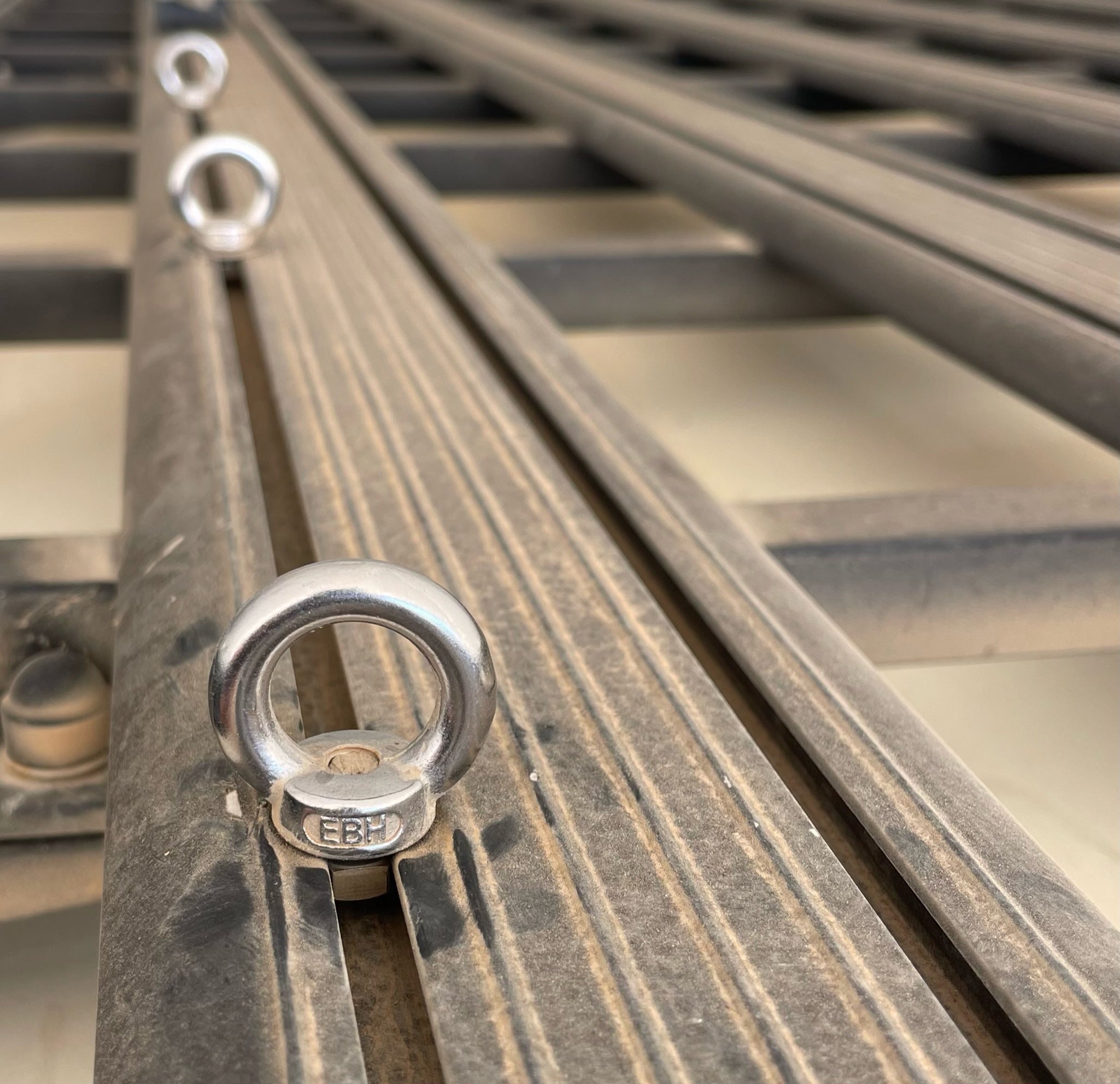Stainless Steel Advantages
Stainless Steel
Stainless steel is a popular material used in a variety of applications due to its unique properties and benefits. Some of the advantages of stainless steel include:
- Corrosion resistance: Stainless steel is highly resistant to corrosion, making it suitable for use in harsh and corrosive environments.
- Strength and durability: Stainless steel is a strong and durable material that can withstand high levels of stress, making it ideal for use in structural applications.
- Aesthetic appeal: Stainless steel has a clean, modern look that makes it a popular choice for use in architecture, interior design, and decorative applications.
- Hygienic properties: Stainless steel is easy to clean and maintain, making it ideal for use in the food and pharmaceutical industries where hygiene is critical.
- Resistance to heat and cold: Stainless steel can withstand high and low temperatures, making it suitable for use in applications that require resistance to extreme heat or cold.
- Recyclability: Stainless steel is a highly recyclable material, making it an eco-friendly choice for many applications.
- Versatility: Stainless steel can be fabricated and formed into a wide range of shapes and sizes, making it suitable for use in a variety of applications.
The main difference between the two grades of steel is that 316 has a higher corrosion resistance and will last longer than 304, which is why it is a more expensive product.
Properties
We supply stainless steel products in two different grades of steel, 304 (A2) and 316 (A4).
304 stainless steel is a popular grade of stainless steel that contains chromium and nickel, and is known for its excellent corrosion resistance, high durability, and versatility. It is commonly used in:
- Construction
- Humid environments
- Coastal inland areas
- Fixing materials with moisture content such as timber
- Automotive fixings
316 stainless steel is a grade of stainless steel that contains molybdenum, in addition to chromium and nickel. It is also known for its excellent corrosion resistance, especially in chloride-containing environments, and its high strength and durability. It is commonly used in:
- Pressure vessels
- Boilers
- Piping
- Valves
- Flanges
- Marine environments
- Chemical processing
- Food processing
- Pharmaceutical equipment
- Heat exchangers
Some of the key properties of 304 and 316 stainless steel are shown below:
| Properties | 304 Stainless Steel | 316 Stainless Steel |
| Corrosion resistance | Resistant to corrosion, including in acidic, chloride-containing environments. Suitable for inland coastal regions. | Highly resistant to corrosion, including in acidic, chloride-containing environments and salty coastal regions . Suitable for marine environments. |
| High Strength & Toughness | Good strength and toughness, making it suitable for use in a variety of applications. | Use in applications that require high mechanical strength. Extremely high strength and tough. |
| Heat resistance | Good resistance to high temperatures, making it suitable for use in high-temperature applications. | |
| Formability | Can be easily formed and welded, making it suitable use in a variety of fabrication processes. | |
| Hygenic properties | Easy to clean and maintain, making it suitable for use in the food and pharmaceutical industries where hygiene is critical. | |
| Aesthetic Appeal | Has a bright, clean finish that makes it popular for use in architectural and decorative applications. | |



